Hydroponics for Beginners: How to Start in 5 Easy Steps
Table of Contents
Understanding Hydroponics: An Overview of Soilless Gardening
Hydroponics, also known as soilless gardening, is a modern approach to cultivating plants that offers a variety of benefits. In hydroponics, plants are grown in a water-based nutrient-rich solution, eliminating the need for soil. This method allows for precise control over plant nutrition and environmental conditions, resulting in faster growth rates, higher yields, and superior quality produce.
One of the primary advantages of hydroponics is its efficient use of resources. Compared to conventional soil-based gardening, hydroponic systems require significantly less water, typically reducing water usage by up to 90%. This is achieved through the recycling and re-circulation of nutrient solutions, minimizing waste and conserving this precious resource. Additionally, hydroponics eliminates the need for pesticides or herbicides, reducing the environmental impact of gardening and promoting healthier, chemical-free produce.
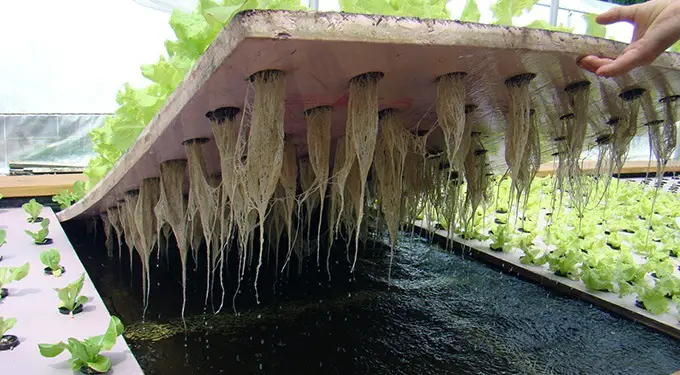
Benefits of Hydroponics: Why Choose This Method for Growing Plants
Hydroponics, a revolutionary method of growing plants, offers numerous benefits that make it an increasingly popular choice among gardening enthusiasts. One of the main advantages is the ability to cultivate plants without the need for soil. This soilless gardening approach allows for greater control over the growing conditions, resulting in healthier and more productive plants.
With hydroponics, plants receive a precisely tailored nutrient solution, ensuring they get the exact amount of nutrients they need at every stage of growth. This eliminates the guesswork associated with traditional soil gardening and promotes optimal plant health. Additionally, hydroponic systems use water more efficiently than conventional methods, making them ideal for areas with limited water resources or drought-prone regions. This water-saving feature not only benefits the environment but also reduces water bills for gardeners. Furthermore, by eliminating soil-borne pests and diseases, hydroponics reduces the need for pesticides and fungicides, providing a safer cultivation method for both gardeners and consumers.
Selecting the Right System: Exploring Different Hydroponic Setups
Hydroponics is a versatile and efficient method of growing plants without soil, allowing gardeners to have complete control over the growing environment. With a wide range of hydroponic systems available, selecting the right setup can be both exciting and challenging.
One popular option is the nutrient film technique (NFT) system, which provides a continuous flow of nutrient-rich water to the plants’ roots. This setup involves a shallow, sloping channel where nutrient solution flows, allowing the roots to access the nutrients they need. NFT is ideal for growing smaller plants with shallow root systems, such as lettuce or herbs. Its simplicity and ease of maintenance make it a great choice for beginners.
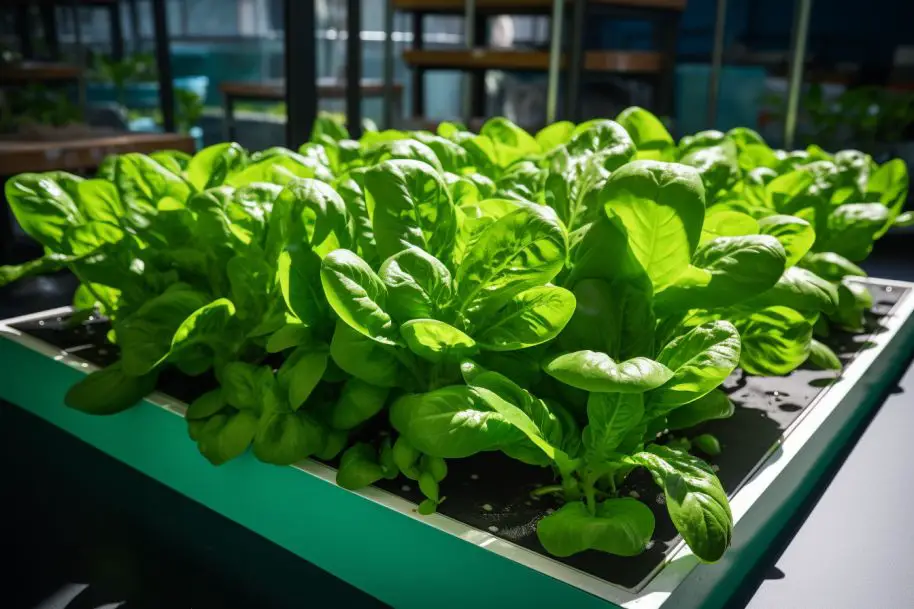
Another system worth considering is the deep water culture (DWC) system, which suspends the plants’ roots in a nutrient solution. Oxygen is supplied to the roots through air pumps and air stones, promoting vigorous plant growth. The DWC setup is often used for larger plants with deeper root systems, such as tomatoes or peppers. Its ability to provide ample oxygen to the roots makes it a favorite among experienced hydroponic gardeners.
These are just two examples of the various hydroponic systems available to gardeners. Each setup has its own unique advantages and considerations, such as space requirements, maintenance needs, and suitability for specific plant types. By exploring the different hydroponic setups and understanding their capabilities, you can select the system that best suits your gardening goals and preferences. So, let’s dive deeper into the world of hydroponics and discover the endless possibilities that await you!
Essential Equipment and Supplies: What You’ll Need to Begin
To begin your hydroponic gardening journey, it is important to gather the essential equipment and supplies that will set you up for success. The great advantage of hydroponics is that you can control every aspect of your plant’s environment, which means you’ll need a few key items to create the optimal growing conditions.
First and foremost, you’ll need a hydroponic system that suits your needs and space constraints. There are various types to choose from, such as the popular nutrient film technique (NFT) system, deep water culture (DWC), or the versatile ebb and flow system. Consider factors such as plant variety, space availability, and your level of experience when selecting the right system for your setup. Additionally, you’ll need a reservoir to hold the nutrient solution, growing containers (often referred to as net pots), and an air pump to provide aeration for your plants’ root systems.
In addition to the hydroponic system, you’ll require lighting to ensure your plants receive adequate illumination. High-intensity discharge (HID) lights, such as metal halide (MH) and high-pressure sodium (HPS) lamps, are commonly used in hydroponics due to their ability to provide a balanced spectrum of light. LED lights are also gaining popularity as they are energy-efficient and have adjustable spectrums tailored to different stages of plant growth. Remember to calculate the appropriate number of lights and their wattage based on the size of your garden area. Supporting tools, such as light reflectors or diffusers, may also be necessary to optimize light distribution.
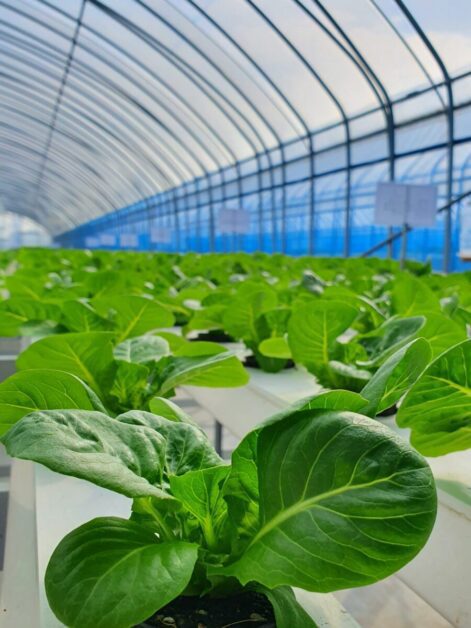
Having proper ventilation and air circulation is crucial, especially in indoor hydroponic setups, as it helps to prevent the build-up of excessive heat, humidity, and stagnant air. Therefore, investing in exhaust fans or ventilation systems is advisable. Additionally, a digital thermometer and hygrometer will allow you to monitor temperature and humidity levels accurately.
To maintain a healthy nutrient balance, you’ll need a reliable pH meter or testing kit. This will enable you to regularly check and adjust the pH of your nutrient solution. Furthermore, a quality electrical conductivity (EC) meter is essential to measure the nutrient concentration accurately.
A reliable timer is a handy accessory to automate the lighting and irrigation cycles of your hydroponic setup. This saves time and ensures consistent intervals between watering and lighting periods. Additionally, a power strip with surge protection can help organize and protect your electrical connections.
Lastly, obtaining a reliable source of water is crucial. If you are using tap water, it may be necessary to invest in a water filter to remove any impurities or excessive minerals that could harm your plants. Alternatively, purchasing reverse osmosis or distilled water can provide a clean base for your nutrient solution.
By acquiring these essential equipment and supplies, you’ll be well-prepared to embark on your hydroponic gardening journey. Remember to research and invest in high-quality products that suit your specific needs, ensuring the success of your soilless gardening endeavor.
Choosing the Ideal Location: Setting Up Your Hydroponic Garden
Choosing the ideal location for setting up your hydroponic garden is crucial for the success of your plants. When selecting a location, there are several factors to consider. First, ensure that the space receives ample sunlight or has access to artificial lighting systems. Light is essential for photosynthesis, the process through which plants convert light energy into chemical energy to fuel their growth. Without sufficient light, your plants may struggle to thrive.
Additionally, it is important to choose a location that is well-ventilated to provide fresh air to your plants. Good air circulation helps prevent the buildup of excess moisture, which can lead to fungal diseases and other problems. Adequate ventilation also ensures that carbon dioxide, a key component for photosynthesis, is readily available to the plants. Finally, consider the accessibility of the space for maintenance and monitoring purposes. Having easy access to your hydroponic garden will make it more convenient to check water levels, adjust nutrient solutions, and address any issues that may arise. By carefully selecting the ideal location, you can create optimal growing conditions for your hydroponic garden and set yourself up for a successful and bountiful harvest.
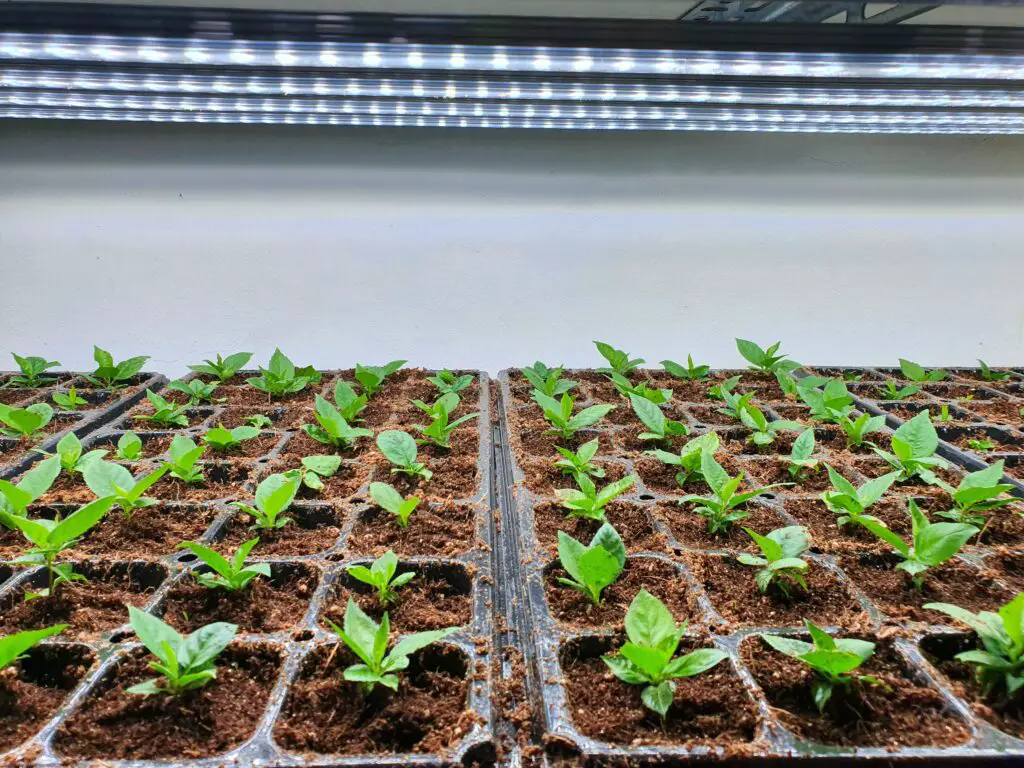
Nutrient Solutions: The Key to Healthy Plant Growth
Nutrient solutions play a vital role in ensuring the healthy growth and development of plants in a hydroponic system. Unlike traditional soil-based gardening, hydroponics relies on nutrient-rich water to supply essential elements directly to the plant roots. These solutions consist of carefully balanced amounts of macronutrients (such as nitrogen, phosphorus, and potassium) and micronutrients (such as iron, zinc, and copper) needed for optimal plant growth.
Maintaining the correct nutrient balance is crucial to prevent deficiencies or toxicities that can hinder plant health and productivity. The importance of monitoring and adjusting nutrient solutions cannot be overstated. By regularly testing the pH levels and nutrient concentrations, growers can ensure optimal conditions for plants to absorb necessary nutrients and thrive. With precise control over the nutrient composition, hydroponic gardeners can tailor their solutions to meet the specific needs of different plant varieties, enabling them to achieve impressive yields, exceptional quality, and greater overall success in their gardening endeavors.
Seed Selection and Germination: Starting Your Hydroponic Garden
Starting a hydroponic garden begins with selecting the right seeds and ensuring proper germination. Choosing the right seeds is essential for successful cultivation in a soilless environment. The first step is to determine what type of plants you want to grow and what their specific needs are. Consider factors such as temperature tolerance, pH requirements, and growth habits. It’s important to choose seeds that are specifically bred or adapted for hydroponic systems, as they are better suited for nutrient-rich environments. This ensures that your plants will thrive and produce high-quality yields.
| Seed Variety | Best Conditions for Germination | Germination Time | Additional Tips |
|---|---|---|---|
| Lettuce | Temperature: 60-75°F (15-24°C) | 5-10 days | Maintain consistent moisture |
| Tomatoes | Temperature: 70-85°F (21-29°C) | 5-10 days | Use a seedling heat mat if needed |
| Basil | Temperature: 70-75°F (21-24°C) | 5-14 days | Provide adequate light |
| Cucumber | Temperature: 70-95°F (21-35°C) | 7-14 days | Soak seeds before planting |
| Spinach | Temperature: 50-75°F (10-24°C) | 7-14 days | Keep the growing medium moist |
| Strawberries | Temperature: 60-75°F (15-24°C) | 14-30 days | Cold stratification may help |
| Peppers | Temperature: 70-85°F (21-29°C) | 7-21 days | Bottom heat can aid germination |
Once you have selected your seeds, it’s time to germinate them. Germination is the process of triggering seed growth and is a crucial stage in the development of your hydroponic garden. There are several methods you can use to germinate your seeds, including paper towel germination, rockwool cubes, or specialized germination trays. Regardless of the method you choose, it’s important to provide ideal conditions for successful germination. This includes maintaining a consistent temperature, providing adequate moisture, and ensuring proper airflow. By following these steps, you can set a strong foundation for your hydroponic garden and ensure healthy seedlings ready for transplantation.
Planting Techniques: Transferring Seedlings to the Hydroponic System
Once your seedlings have reached the desired stage of growth, it’s time to transfer them to your hydroponic system. This critical step ensures that your plants are placed in a nutrient-rich environment that will support their ongoing development. To successfully transplant your seedlings, it’s important to follow the proper planting techniques.
First, prepare your hydroponic system by ensuring that all necessary equipment, such as grow trays or net pots, are clean and free from debris. This will help prevent any contamination that could harm your plants. Next, gently remove the seedlings from their original containers, taking care not to damage the delicate roots. If the roots are tightly bound, consider loosening them slightly to encourage healthy growth in the hydroponic system.
Once your seedlings are ready, carefully place them into the designated spaces in your hydroponic setup. Ensure that the roots are fully submerged in the nutrient solution, as this is where the plants will derive their essential nutrients. Take care not to overcrowd your system, as this can impede the growth and development of your plants. Finally, provide appropriate support or anchoring for any plants that require additional stability.
By following these planting techniques, you can effectively transplant your seedlings into your hydroponic system, setting them up for continued healthy growth. Remember to monitor your plants closely in the days following transplantation, making any necessary adjustments to ensure optimal conditions. With proper care and attention, your hydroponic garden will thrive, delivering an abundant harvest for your enjoyment.
Maintaining Optimal pH Levels: Balancing Nutrient Solutions
Maintaining optimal pH levels is crucial for achieving balanced nutrient solutions in your hydroponic garden. The pH level refers to the acidity or alkalinity of the nutrient solution, and it plays a significant role in the absorption and availability of essential nutrients for plant growth. Most plants thrive in a slightly acidic to neutral pH range of 5.5 to 6.5. Monitoring and adjusting pH levels regularly will ensure that your plants receive the nutrients they need for healthy development.
|————————|————————|
| Parameter | Optimal pH Range |
|---|---|
| Hydroponic Systems | 5.5 – 6.5 |
| Soil-Based Systems | 6.0 – 7.0 |
| Nutrient Solution | 5.8 – 6.3 |
| Adjusting pH | pH Up or pH Down |
| Monitoring Frequency | Daily |
| pH Testing Methods | pH Meter, pH Strips |
| Importance of pH | Affects Nutrient Uptake |
| Common pH Fluctuations | Due to Nutrient Uptake |
| ———————— | ———————— |
To maintain optimal pH levels, it is essential to regularly test the pH of your nutrient solution using a pH meter or test kit. This will help you identify any deviations from the desired range. If the pH is too high, indicating alkalinity, you can lower it by adding an acidic substance such as phosphoric acid or vinegar. On the other hand, if the pH is too low, indicating acidity, you can raise it by adding a basic substance like potassium hydroxide or bicarbonate. It is important to make gradual adjustments and retest the pH after each addition until it falls within the desired range. By carefully balancing the nutrient solution’s pH, you can ensure that your plants can effectively absorb the nutrients they need to thrive in a soilless environment.
Watering and Nutrient Delivery: Understanding Irrigation Systems
Hydroponic systems offer a precise and efficient method for delivering water and essential nutrients to plants. Understanding irrigation systems is crucial to maintaining healthy plant growth and maximizing the benefits of hydroponics. In hydroponic gardening, there are several common types of irrigation systems used.
Drip irrigation, for instance, involves delivering water and nutrient solutions directly to the root zone of plants through a network of tubes and emitters. This method allows for precise control over the amount of water and nutrients each individual plant receives, reducing waste and ensuring optimal absorption. Another popular system, the nutrient film technique (NFT), involves continuously flowing a thin film of nutrient-rich water over the roots, promoting efficient nutrient uptake. Finally, the ebb and flow (or flood and drain) system periodically floods the growth tray or container with nutrient solution, allowing the roots to absorb water and nutrients before draining excess fluid away.
Each irrigation system has its advantages and considerations, and the choice depends on factors such as the type and size of plants, available space, and budget. Regardless of the system selected, proper monitoring and maintenance are essential to ensure consistent nutrient delivery and prevent issues like clogged emitters or nutrient imbalances.
Lighting Requirements: Providing Adequate Light for Plant Growth
When it comes to hydroponic gardening, providing adequate light for plant growth is crucial. Unlike traditional gardening where plants rely on sunlight, hydroponics requires artificial lighting to ensure optimum conditions for plants to thrive.
One of the key factors to consider when selecting lighting options for your hydroponic system is the light intensity. Different plants have varying light requirements, so it is important to choose a lighting system that can deliver the appropriate intensity for the specific plants you are growing. High-intensity discharge (HID) lights, such as metal halide and high-pressure sodium lamps, are commonly used in hydroponics due to their ability to provide intense light output. LED lights are also gaining popularity in the hydroponic community as they are energy-efficient, long-lasting, and can be customized to emit specific wavelengths of light that plants need for photosynthesis.
In addition to light intensity, the duration of light exposure also plays a crucial role in plant growth. Most plants require 12-16 hours of light per day for optimal growth and development. To ensure consistent and precise light cycles, consider using a timer to automate the lighting schedule in your hydroponic system. This will not only provide convenience but also mimic natural daylight patterns and promote healthy plant growth. Remember, creating the right lighting environment is essential for successful hydroponic gardening, as it directly impacts the productivity, growth rate, and overall health of your plants.
• Different plants have varying light requirements, so it is important to choose a lighting system that can deliver the appropriate intensity for the specific plants you are growing.
• High-intensity discharge (HID) lights, such as metal halide and high-pressure sodium lamps, are commonly used in hydroponics due to their ability to provide intense light output.
• LED lights are also gaining popularity in the hydroponic community as they are energy-efficient, long-lasting, and can be customized to emit specific wavelengths of light that plants need for photosynthesis.
• Most plants require 12-16 hours of light per day for optimal growth and development.
• Using a timer to automate the lighting schedule in your hydroponic system will ensure consistent and precise light cycles, mimicking natural daylight patterns and promoting healthy plant growth.
Monitoring and Adjusting Environmental Conditions: Temperature, Humidity, and CO2
Maintaining optimal environmental conditions is crucial for the success of your hydroponic garden. Temperature, humidity, and CO2 levels all play significant roles in plant growth and development. Monitoring and adjusting these factors ensures that your plants receive the ideal conditions for healthy growth.
Temperature control is essential in hydroponics as it directly affects the metabolic rate and nutrient absorption of your plants. Different plant species have specific temperature preferences, so it is crucial to maintain the appropriate range for each crop. Generally, most plants thrive in temperatures between 65°F and 80°F (18°C and 27°C). However, it is essential to research the optimal temperature range for the specific plants you’re cultivating to ensure maximum productivity. Regularly monitoring and adjusting the temperature using tools such as thermostats and heaters or cooling systems will help you maintain the desired conditions.
| Environmental Factor | Monitoring | Adjustment |
|---|---|---|
| Temperature | Thermometers, Cameras | Heating/Cooling, Insulation |
| Humidity | Hygrometers, Loggers | Humidifiers/Dehumidifiers, Ventilation |
| CO2 Levels | Gas Sensors, Monitors | Increased Ventilation, CO2 Scrubbers |
Humidity is another critical environmental factor to consider in hydroponics. It refers to the amount of moisture present in the air, and it greatly influences plant transpiration and nutrient uptake. The ideal humidity levels vary depending on the plant’s stage of growth. Generally, young seedlings require higher humidity levels, around 50-70%, whereas mature plants thrive in lower humidity, around 40-60%. Achieving the appropriate humidity levels can be achieved by using humidifiers, dehumidifiers, or air circulation systems within your hydroponic setup.
Carbon dioxide (CO2) is a key element in photosynthesis, the process by which plants convert light into energy. Adequate levels of CO2 are necessary for optimal growth and development. While the air typically contains around 400 parts per million (ppm) of CO2, plants can benefit from higher concentrations in an indoor hydroponic environment. Increasing CO2 levels to around 1000-1500 ppm can significantly enhance growth rates and yield. Monitoring CO2 levels can be done using CO2 monitors or sensors, and adjusting them can be achieved by using CO2 generators or tanks.
Keeping a vigilant eye on temperature, humidity, and CO2 levels in your hydroponic garden will allow you to provide the best possible growth conditions for your plants. Regular monitoring and adjustments will ensure that your plants thrive, leading to healthy and bountiful harvests. By understanding and managing these environmental factors effectively, you can take your hydroponic gardening to the next level.
Pest and Disease Management: Preventing and Treating Common Issues
Pests and diseases can pose a significant threat to hydroponic gardens, potentially undermining the hard work and efforts put into cultivating healthy plants. However, with proper prevention and proactive management, these common issues can be effectively controlled. Maintaining a clean and sterile environment is crucial in preventing the introduction and spread of pests and diseases. Regularly sanitize all equipment, including tools and containers, to eliminate any potential sources of contamination. Implementing a strict hygiene regimen and avoiding the use of soil in hydroponic systems can greatly minimize the risks associated with pests and diseases.
In addition to preventing the entry of pests and diseases, early detection is key in addressing any potential issues. Regularly monitor your plants for signs of pests, such as foliage damage, discoloration, or small insects. Similarly, keep a keen eye out for symptoms of diseases, such as wilting, spotting, or abnormal growth. By promptly identifying and isolating affected plants, you can prevent the spread of these problems throughout your hydroponic system. Various organic pest control methods, such as neem oil, insecticidal soaps, or beneficial insects like ladybugs, can be utilized to target specific pests while minimizing harm to the plants themselves. For diseases, some treatments may include removing and destroying affected plant material, adjusting environmental conditions to inhibit pathogen growth, or even applying disease-specific fungicides. Remember, prevention, early detection, and targeted management strategies are essential in maintaining a healthy and thriving hydroponic garden.
Harvesting and Enjoying the Fruits of Your Labor: When and How to Harvest
Harvesting your hydroponic crops at the right time is crucial for maximizing their quality and flavor. Unlike traditional gardening, where plants are typically harvested based on visual cues, hydroponic plants require a more scientific approach. One key factor to consider is the plant’s growth stage. Different crops have specific milestones to look for, such as the appearance of flower buds or the maturation of fruits. By keeping track of your plants’ growth and observing these indicators, you can determine the optimal time to harvest.
In addition to growth stage, monitoring nutrient levels is another vital aspect of harvesting in hydroponics. Nutrient levels can significantly impact the taste, texture, and overall quality of your crops. Regularly testing the nutrient solution and maintaining optimal levels ensures that your plants receive the necessary nutrients for their growth. By adhering to a nutrient schedule and adjusting as needed, you can provide your plants with the ideal conditions for robust and flavorful harvests. It’s also essential to remember that harvesting in hydroponics can be an ongoing process. As you harvest mature crops, you can replant the space with new seedlings, allowing for continuous cycles of growth and harvest throughout the year.
Expanding Your Hydroponic Garden: Scaling Up and Exploring Advanced
Expanding your hydroponic garden can be an exciting and rewarding endeavor for experienced growers who are looking to take their skills to the next level. Scaling up your hydroponic system allows you to increase your plant production and explore advanced cultivation techniques. By expanding your garden, you have the opportunity to experiment with different plant varieties, optimize your nutrient solutions, and fine-tune your environmental conditions to achieve even greater success.
One way to scale up your hydroponic garden is by increasing the number of plants you cultivate. This can be accomplished by adding additional grow trays or incorporating vertical growing systems, such as tower gardens or racks. Not only will this increase your plant yield, but it will also allow you to make more efficient use of space. However, it’s important to carefully consider the space requirements and lighting needs of each plant to ensure optimal growth.
Exploring advanced techniques in hydroponics can also enhance the productivity and diversity of your garden. This may involve implementing more sophisticated irrigation systems, such as drip irrigation or nutrient film technique (NFT), which provide precise and controlled delivery of water and nutrients to your plants. Additionally, you might consider experimenting with different types of growing media, such as coco coir or rockwool, to optimize root aeration and nutrient absorption. By embracing these advanced methods, you can unlock new possibilities for growing a wider range of plants and achieving even better results in your hydroponic garden.
How can I expand my hydroponic garden?
To expand your hydroponic garden, you can increase the number of plants you grow by adding more growing systems or expanding your existing system. You may also consider utilizing vertical space by installing shelves or racks to grow plants vertically.
What are some advanced techniques I can explore in hydroponic gardening?
Some advanced techniques in hydroponic gardening include aeroponics, which involves growing plants in an air or mist environment, and aquaponics, which combines hydroponics with fish farming. You can also experiment with different nutrient solutions, lighting setups, and growing mediums to optimize plant growth.
How do I choose the right size and type of hydroponic system for scaling up?
When scaling up your hydroponic garden, consider factors such as available space, budget, and the type of plants you want to grow. Research different hydroponic systems such as nutrient film technique (NFT), deep water culture (DWC), or ebb and flow systems to determine which one suits your needs best.
What equipment and supplies will I need to expand my hydroponic garden?
To expand your hydroponic garden, you may need additional grow lights, reservoirs, air pumps, tubing, pH meters, and nutrient solutions. It is important to ensure that you have enough space, appropriate lighting, and adequate ventilation for the increased number of plants.
How can I prevent pest and disease issues when scaling up my hydroponic garden?
When expanding your hydroponic garden, it becomes even more crucial to implement preventive measures against pests and diseases. This includes regularly inspecting plants for any signs of infestation, maintaining a clean and sterile environment, and using biological controls or organic pest management methods.
Can I use the same nutrient solution for all plants in my expanded hydroponic garden?
It is recommended to tailor nutrient solutions to the specific needs of different plants. Some plants may require more or less of certain nutrients, so it is advisable to adjust the nutrient solution accordingly. Conduct regular nutrient solution testing to ensure optimal plant health.
How do I know when to harvest the plants in my expanded hydroponic garden?
Harvesting time varies depending on the type of plants you are growing. Generally, you can determine the readiness for harvest by observing factors such as the color, size, and texture of the fruits or vegetables. Additionally, following the guidelines provided by seed suppliers or conducting research on specific plant varieties can assist in determining the ideal harvest time.
Can I reuse the growing medium when scaling up my hydroponic garden?
It is generally recommended to replace the growing medium when scaling up your hydroponic garden. Reusing the same medium may increase the risk of disease and hinder plant growth. However, some growing mediums, such as rockwool, can be sterilized and reused if properly cleaned and treated.
How can I adjust the pH levels in my expanded hydroponic garden?
To adjust pH levels in your expanded hydroponic garden, you can use pH adjustment solutions or additives specifically designed for hydroponic systems. Regularly monitor the pH levels using a pH meter and make necessary adjustments by adding small amounts of the pH solution until desired levels are achieved.
Are there any legal restrictions or regulations I need to be aware of when expanding my hydroponic garden?
The legal restrictions and regulations regarding hydroponic gardening may vary depending on your location. It is advisable to consult local authorities or agricultural agencies to ensure compliance with any permits or regulations related to water usage, plant cultivation, or the use of certain technologies.

Pallavi Gupta is a burgeoning writer at SouthElMonteHydroponics, blending her passion for data analysis with a keen interest in biotechnology. Currently pursuing a Bachelor’s in Biotechnology at Amity University, Pallavi delves into the intricacies of life sciences while gaining hands-on experience in the exciting world of data analysis. Her unique background provides a fresh perspective on hydroponic farming, as she explores the intersection of biotechnology and sustainable agriculture. Through her writing, Pallavi aims to bridge the gap between data-driven insights and innovative farming practices, inspiring others to harness technology for a greener future.

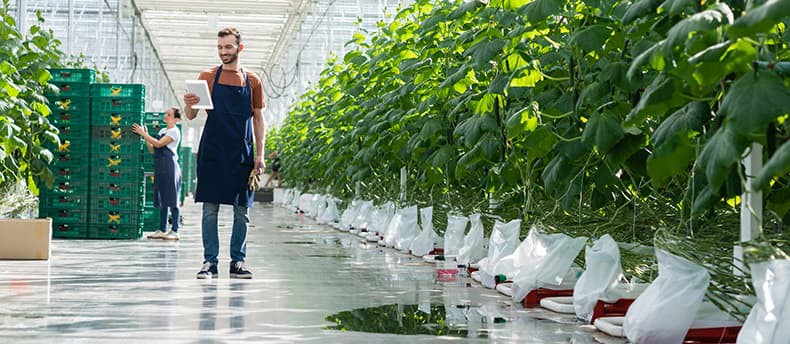
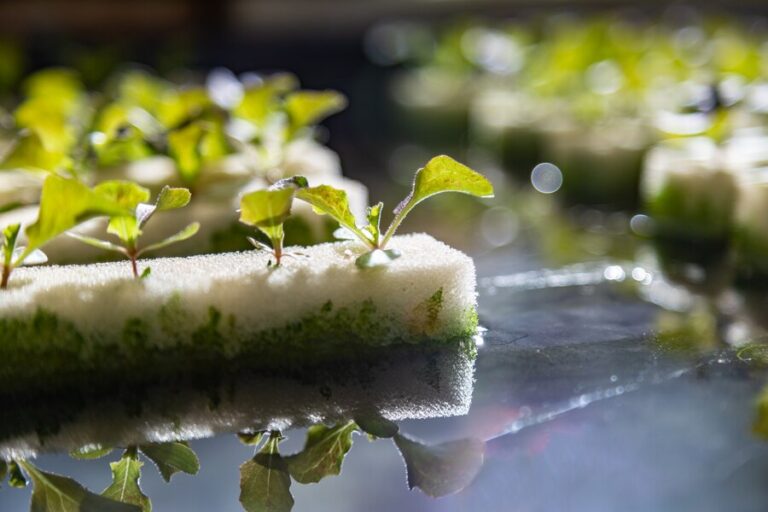
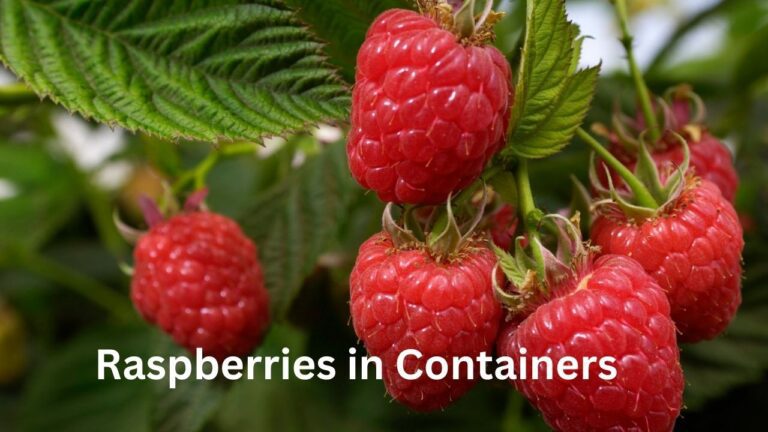

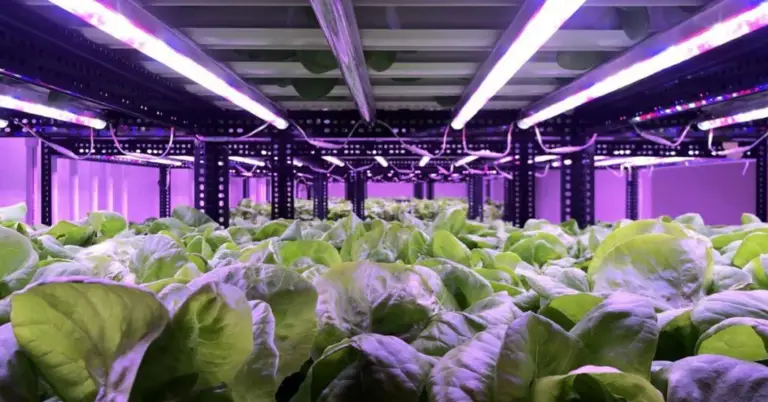
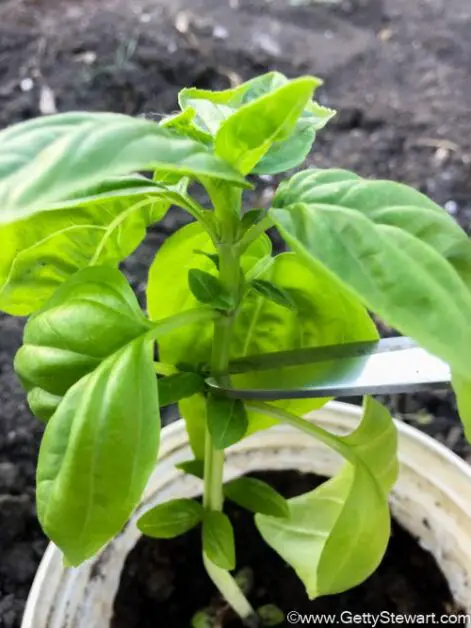
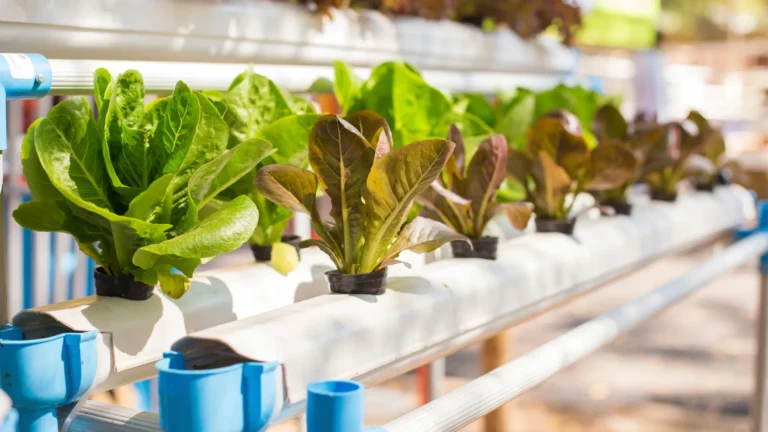
A person essentially help to make significantly articles I might state. That is the first time I frequented your web page and thus far? I surprised with the research you made to create this particular publish extraordinary. Wonderful activity!